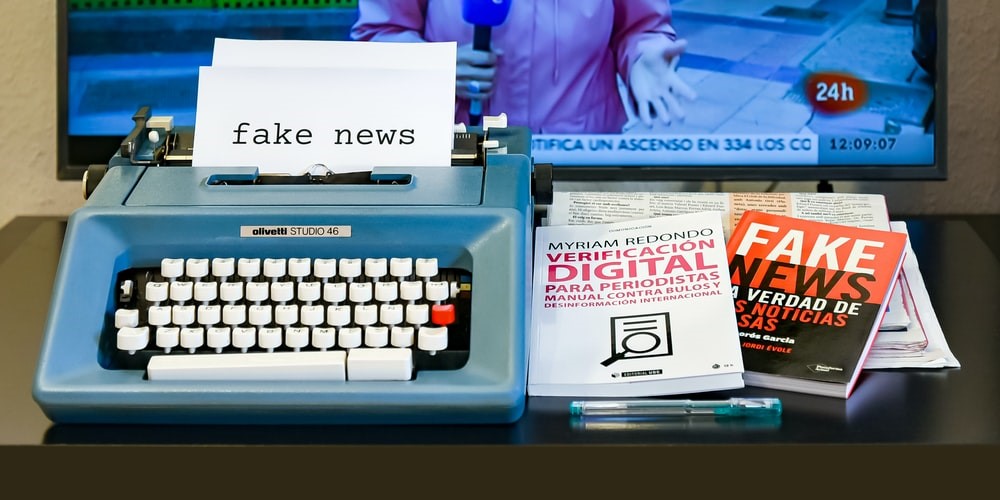 If you’ve been a TESL Ontario member for a while, you probably have more than one PD Certificate sitting in your inbox as a result of attending one of our webinars, conferences or TESL Dialogue sessions. While these certificates are essential in accruing the PD hours required to maintain your OCELT each year, they also make a great addition to your professional LinkedIn profile! Read on for instructions for how to upload certificates…
If you’ve been a TESL Ontario member for a while, you probably have more than one PD Certificate sitting in your inbox as a result of attending one of our webinars, conferences or TESL Dialogue sessions. While these certificates are essential in accruing the PD hours required to maintain your OCELT each year, they also make a great addition to your professional LinkedIn profile! Read on for instructions for how to upload certificates…
Continue reading
Category Archives: Social Media
Social Media and Critical Literacies
Due to the immense changes in society and the way people communicate in the past 50 years, communication methods are now multimodal, and people need literacy skills that go beyond books. As Tarc (2013) writes, “In our current multicultural societies, it is hard to identify one’s identity and their understanding and background, in order to avoid possible misunderstandings,” (p. viii) and such considerations need to take place now that global migration is at its highest and daily interactions occur with people from different countries than ourselves. Whether or not people have experienced migration and/or immigration personally, many of the people they interact with on a daily basis are likely to have been born somewhere else; even without this interaction, the accessibility to the internet means that no one is isolated in their own “corner” of the world. Digital and print media tools can be used by educators to help students develop critical literacies skills, so that they can be more participatory and contemplative global citizens.
Continue readingFighting Disinformation

The surge in propaganda and disinformation is challenging for everyone, but none more so than our students. Many of them are young adults who are new to the language and culture. Not only that, but they are maturing and developing new identities. I can only imagine then how perplexing it must be for them when they look at their screens.
Continue reading#CdnELTchat Summary for June 1, 2021 Self Directed Professional Development with Anna Bartosik
Post by Jennifer Chow
#CdnELTchat was happy to have Anna Bartosik (@ambartosik) share her expertise on Self-Directed Professional Development (SDPD) on June 1. Anna is an English language teacher at George Brown College, instructional designer, and PhD Candidate at OISE. Her research is in self-directed professional development in digital networks. Learn more by reading her blog: https://annabartosik.wordpress.com/.
Before we started our discussion, we had a moment of silence to mourn and remember the #215children in Kamloops. #CdnELTchat is also taking time to reflect and plan a future chat with #teslONchat later this month to talk about what we need to do in order to move forward with the 94 Calls To Action from the Truth and Reconciliation Commission, and work for #Reconciliation.
Continue readingBenefits of Online Learning for Students

ESL teachers and students alike had a hard time transitioning online when COVID-19 hit.
Summary of the #ELTResources discussion with Diane Ramanathan

On November 20, 2020 we gathered on twitter to discuss English Language Teaching resources with Diane Ramanathan. Diane is the Tutela outreach coordinator as well as a @LINCHomeStudy instructor and TESL professor at @AlgonquinCollege. In her free time she can be seen in Ottawa paddling up the Rideau with a merry band of friends. You can connect with Diane via Twitter (@ram_diane).
Continue readingSummary of the #teslONchat’s discussion on #SelfCare with Patrice Palmer
 On August 21, 2020, we gathered on Twitter, through the #teslONchat hashtag, to discuss self-care with Patrice Palmer – @positiveupside
On August 21, 2020, we gathered on Twitter, through the #teslONchat hashtag, to discuss self-care with Patrice Palmer – @positiveupside
Patrice has 25 years of experience as an ESL teacher, trainer, and writer in Canada and spent seven amazing years in Hong Kong. She has taught students from 8 to 80 in a variety of programs. Her experience with professional burn-out in 2015 prompted her to reflect on her lack of self-care and adopt positive psychology strategies which she shares with other educators and administrators. Continue reading
October 22 #CdnELTchat (Technology, Organization, Blended Learning and Online Learning)

by Jennifer Chow
On October 22, enthusiastic #CdnELTchat participants talked about “Technology, Organization, Blended Learning and Online Learning”. We were excited to have Rob McBride (@LearnIT2Teach) of New Language Solutions join us as our guest moderator for this chat. Rob is one of the project managers for the EduLINC coursewareand LearnIT2Teach/Avenue.ca. Thank-you to all those who added their thoughts before, during and after the chat.
Continue reading#CdnELTchat, A Twitter Chat for Language Instructors
Twitter is a microblogging tool that has recently been made most famous by the American President Donald Trump. Ok, it was popular before he started running for office, but my point is that everyone is familiar with Twitter. It has approximately one hundred million active users daily. A twitter chat is simply a collection of users that contribute to an online conversation using a common hashtag (#). Twitter chats sometimes feature a guest that allows a community access to his/her expertise.
#CdnELTchat
This post is addressed to English language teachers across Canada. Continue reading
Organizing Your Personal/Professional Learning Network – Part 2
In John’s previous post, Organizing Your Personal/Professional Learning Network (PLN), he discussed three types of tools for organizing your PLN start page. This post presents three more useful tools:
Curated Content

For the purposes of this post, curation is defined as aggregated content that has been identified and vetted by a human curator. You might choose to leave the searching, sorting, repackaging, organizing and publishing to curators. Serious curators are area specialists who spend a great deal of time and effort to provide their networks with relevant content. The majority of curated content is located, and shared on a casual basis by common social media participants on an ad hoc basis. This can be seen daily on your Facebook, Twitter and LinkedIn accounts. Part-time curation is something that we do when we have a few spare minutes but the dedicated few that are professional curators are tremendous sources for up-to-date content.
Discovering a curator and trusting that they will curate relevant content that meet your professional requirements may necessitate determination and patience, but the results will be worth it. Just imagine, someone else combing through dozens of sources and hundreds of items to repackage and present the most relevant to your on a daily basis. Continue reading



